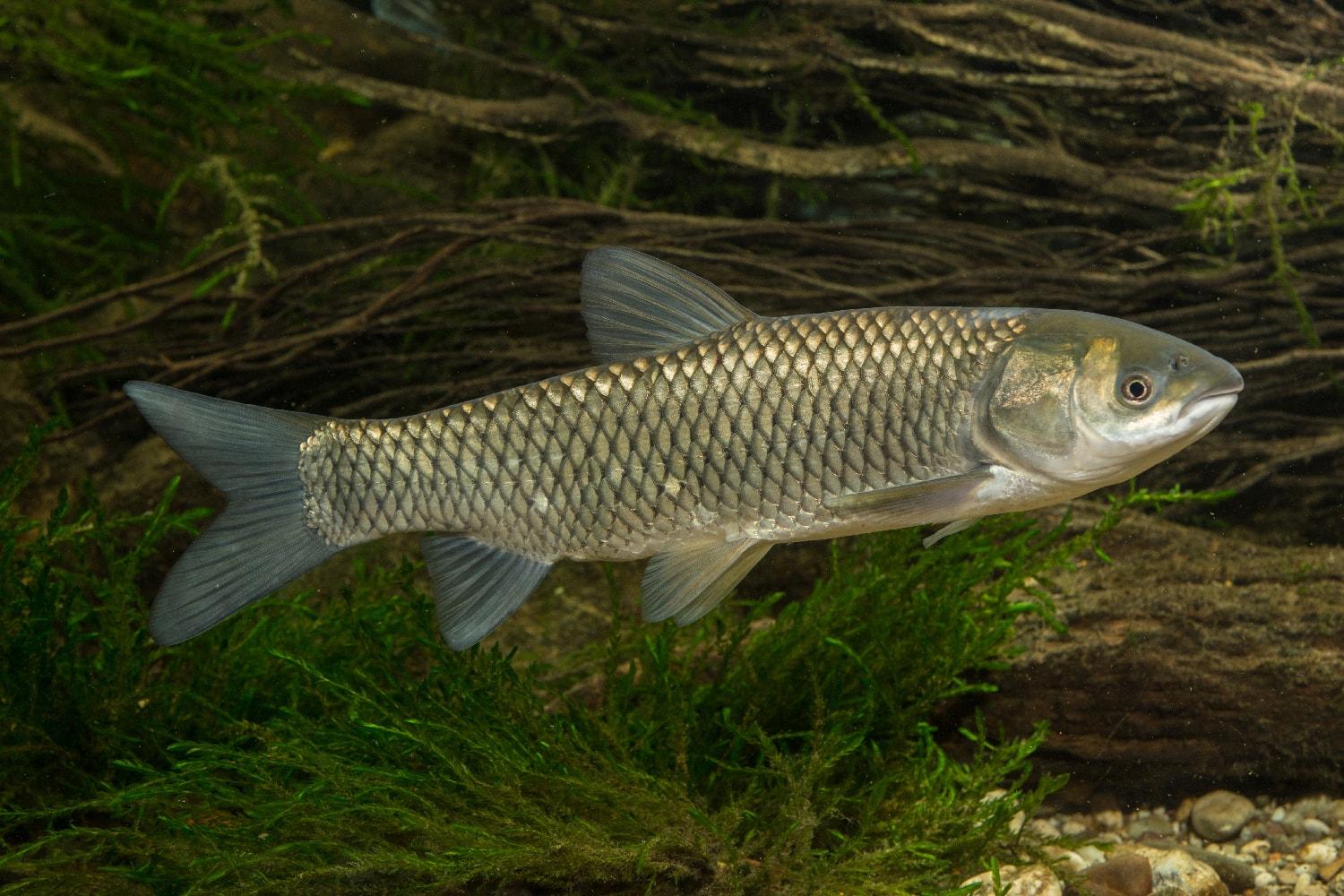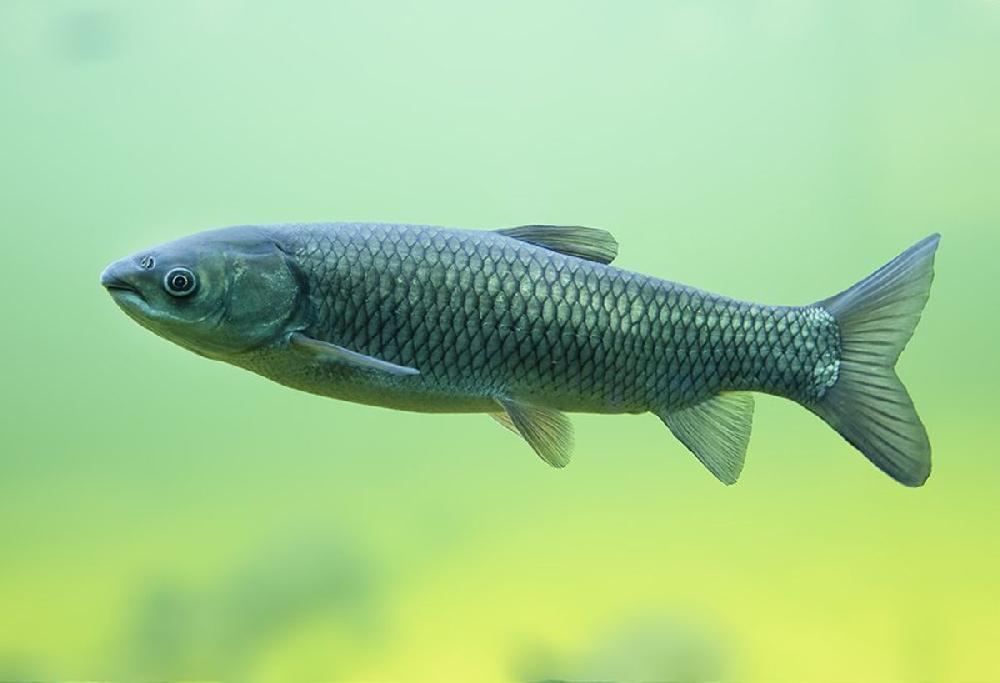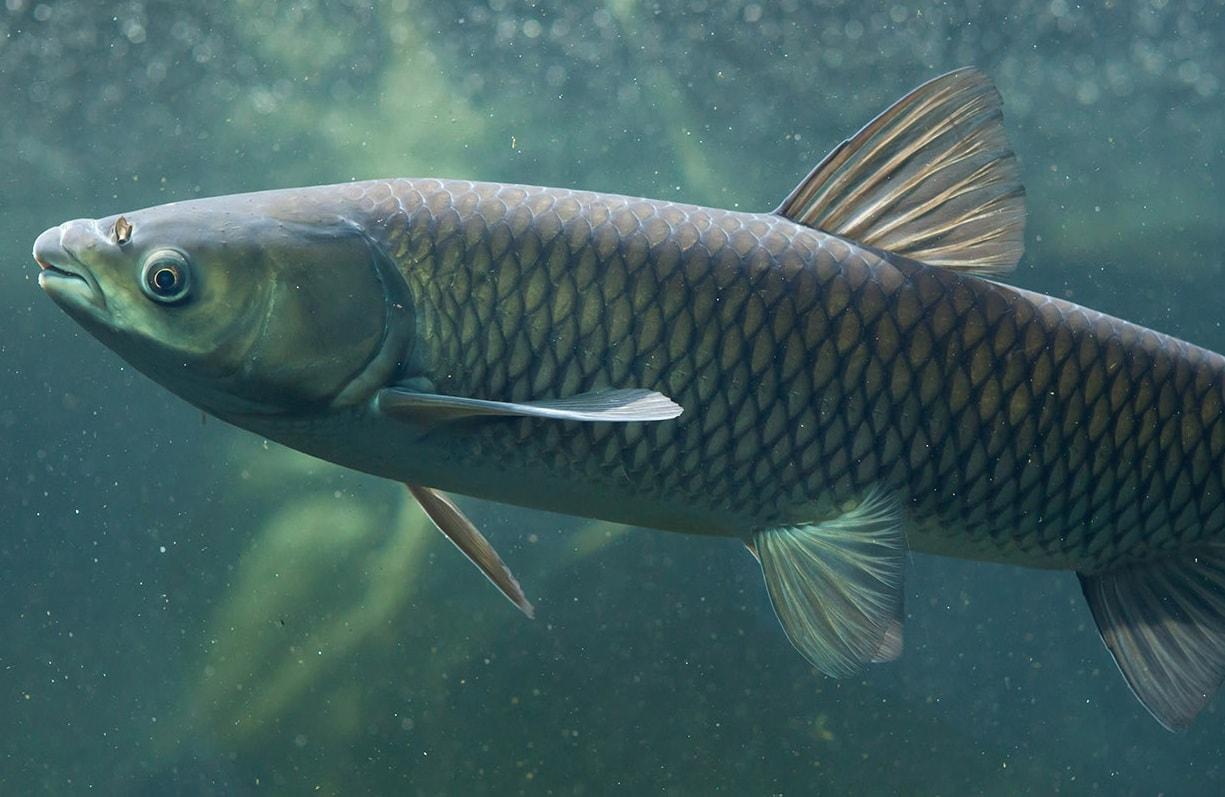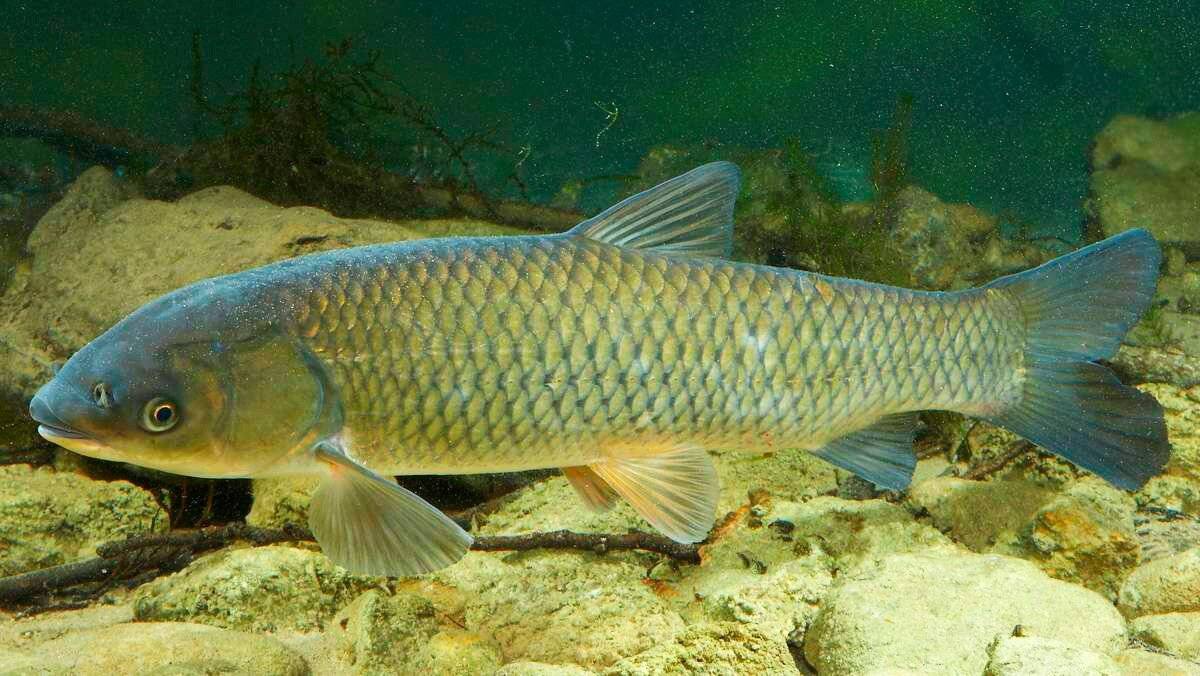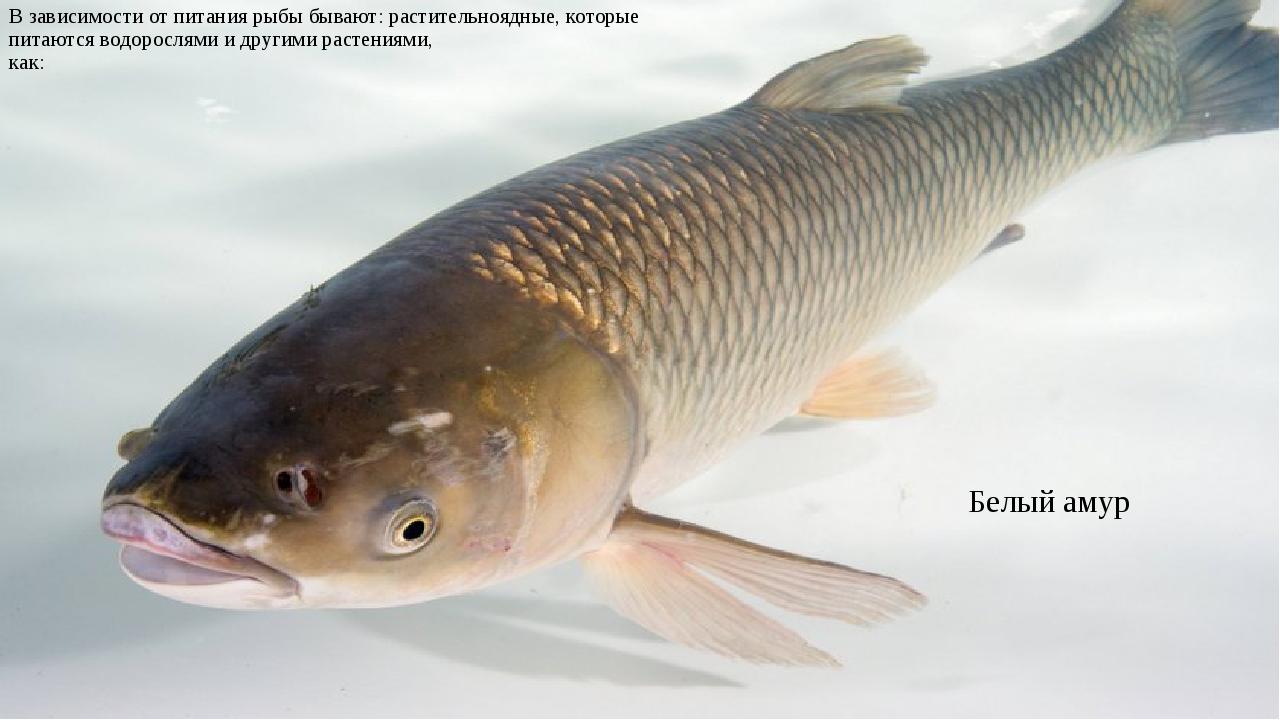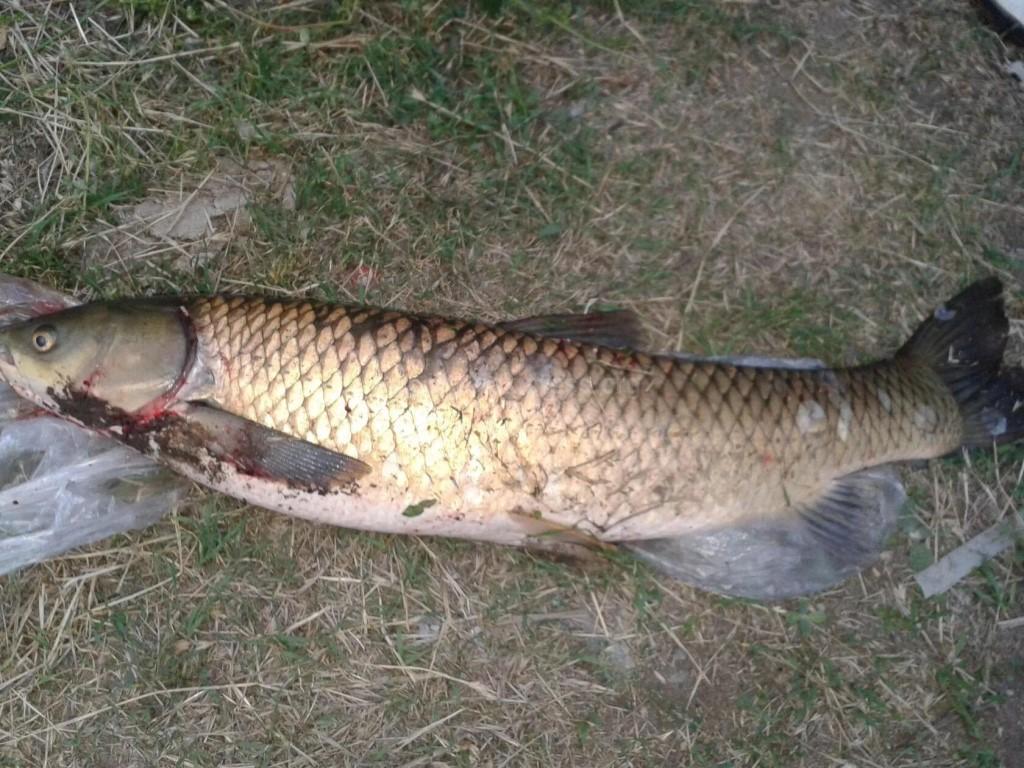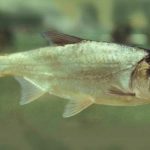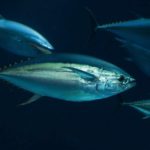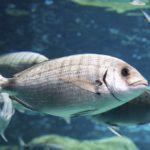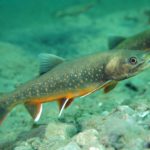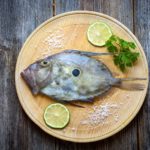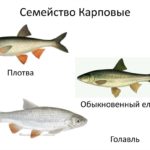Grass carps are ray-finned fish from the carp family. They are also known as herbivorous carps due to the fact that they feed exclusively on plant matter. This species lives in freshwater bodies, for example, in the Amur River basin and rivers of China. As a food source, it is highly nutritious and rich in vitamins, which have beneficial effects on people's health. Read more about the characteristics of the fish below.
What does a grass carp fish look like?
Grass carp has many different nicknames, such as water cow, underwater mower, and grass-eating carp.These names were invented for a reason; if you think about it, they accurately describe the habits of this fish and its diet.
Grass carp is an undemanding fish that easily adapts to new conditions. It does not require special care or separate feeding as long as there is plenty of vegetation in its habitat. If it doesn't get food, it will simply eat algae and continue to grow. This species is most popular among those who keep fish in private ponds due to its fast growth and ability to get rid of any unwanted plants from the pond. An adult can consume up to 3 kilograms of grass or algae every day.
The origin of this species comes from the Far East, in the area of the Amur River. According to scientists, it used to be a predator, but it had difficulty competing with other predatory fish for food, so it switched to a plant-based diet.
It gets along well with other herbivores near its habitat and can often be confused with the black or Chinese carp. In Russia, this species is close to extinction, and in China, farms have been created to breed this particular species.
Fish can be identified by certain characteristics:
- She has an elongated body with large scales, a short head and a small mouth without antennae.
- The operculum has stripes running in a circle, two lines of teeth on the outermost gill, and jagged edges inside the pharynx with a slit along its chewing surface.
- The dorsal fin contains three hard and up to eight soft bones, while the anal fin consists of three hard and seven flexible rays.
- In addition, she has small fins shaped like a female fan at the beginning of her head with an inconspicuous notch at the tail.
- The coloring is mainly greyish-green-silver or yellowish on the back with golden or silvery scales along the sides; the belly is usually white or yellow-gray in color, and the dorsal and caudal fins are darkly pigmented compared to the other lighter fins.
- Bright yellow eyes with a black pupil in the center.
As for size, this species usually grows up to 100 cm in length, but can reach 1.5 m, and the weight at full growth reaches 45 kg.
What does grass carp eat?
Grass carp can easily be found in large rivers, lakes, ponds and slightly salty waters. The menu of young grass carp consists of crustacean creatures. When these fish reach a length of 3 cm, they begin to feed on vegetation. Small organisms are also occasionally consumed.
The bulk of their diet consists of aquatic plants such as cattwea, reed and duckweed. Grass carp is commonly used to artificially populate water bodies because it is known to clear them of excess vegetation, which prevents algae blooms in the lake.
Grass carp is a voracious fish that has the ability to quickly process food thanks to its small intestine, which allows it to quickly gain weight and reach a weight of 2-4 kilograms within a year. That is why it is bred in artificial ponds. However, not receiving enough food, it can consume its own eggs and larvae or even hunt fry. To prevent this from happening, farmers who breed these fish must give them both special food and fresh grass.
How does cupid reproduce?
Grass carp has an active feeding cycle from spring to mid-autumn, and when the temperature drops to +10, it begins to hibernate.In summer it forms groups living among vegetation, and it is not too picky about where to take food - on the surface of the water or at the bottom.
The fish is cautious and will observe its surroundings before approaching food. If there is a loud noise, she will leave the habitat. The fish can take some time to find a suitable environment for itself, and, having become accustomed, can become lethargic if the conditions do not meet its expectations.
Puberty occurs between the ages of one and ten years, depending on climatic conditions. In regions further north, carp typically take longer to reach reproductive capacity than their southern relatives. It is known that males mature earlier than females.
In the Amur River area, females reach breeding age at nine years and weigh six to seven kilograms. Those living in more southern climates can breed at four or five years of age and weigh five kilograms.
Males show visible differences between the sexes in the form of a pale, powdery material on their pectoral and dorsal fins, while females only briefly develop poorly developed tubercles. Females also have an area around the anus that swells and turns pink as they mature.
Spawning in Chinese rivers occurs between May and August, when the air temperature ranges from 18 to 26°C. In the Amur River, spawning occurs in early summer. During floods, fish move upstream to their spawning grounds, where females lay eggs in the morning and evening hours.
The eggs themselves have a diameter of 1.8-2.2 mm; old and large fish can produce more eggs than young ones. A 15-16 year old fish 90-100 cm long can lay up to 16,000 eggs. Depending on the speed of the water flow, the eggs either sink to the bottom or are carried downstream. The fry emerge from the eggs after 3 days, when the temperature reaches 23-28°C. They stay close to the shore rather than swimming into deeper waters to feed on zooplankton. In artificial reservoirs that do not provide suitable conditions for spawning, female fish begin a process that destroys their eggs. This means that they will not be able to breed for another year.
Is this species bred?
Grass carp are highly versatile, making them a popular choice for stocking ponds. As a result, it is present not only in the Far East, but is also found in ponds located throughout the European region of Russia and other countries of the Commonwealth of Independent States.
Cupid is tolerant of temperature changes and does not mind low oxygen levels in the water. It survives well in both warm and cold water environments. Heating water to 30 degrees or more promotes rapid growth and reproduction of carp. During the winter months, its size does not increase significantly, but during the summer months it grows rapidly.
Grass carp is not picky about food; it will consume any aquatic or terrestrial type of vegetation. As the temperature rises, the fish's appetite increases, as does the rate of weight gain. An adult cupid can eat food weighing as much as itself every day. Over the course of a year, he can gain from 1.5 to 6 kilograms.
With the onset of cold weather, their activity slows down, they stop actively feeding and hibernate, lying down on mud pits, which helps them protect themselves from freezing thanks to a layer of mucus covering their bodies. Experienced fishermen use this sign to determine the location of grass carp accumulation by the presence of mucus in the water during the spring season, when the fish float to the surface after hibernation ends.
How beneficial is it?
Those considering starting a grass carp fish farming business in Russia should take the time to consider the potential profitability of the venture.
The initial costs associated with building a 50 m² pond include:
- hiring an excavator for 16,000 rubles,
- providing suitable conditions for fish (PVC film, sand, vegetation, fence and bricks) for 30,000 rubles,
- purchase of equipment (oxygen compressor, filter and water sterilizer) for 60 thousand rubles
- plus additional items such as feeders and separators for 200 thousand rubles.
The total cost of creating a pond and providing a healthy environment for fish is 308 thousand rubles. To start an enterprise, you will need to purchase 2,000 fry, which will cost approximately 10,000 rubles. Every year you will have to spend 18 thousand on electricity and food, as well as 6 thousand on advertising and fuel. Another 26 thousand should be set aside for unexpected expenses. This means that in the first year of doing business you will need a total of 366,000 rubles.
After two years, you can sell from 600 to 800 kilograms of uncut fish meat at a price of 210 rubles per kilogram, resulting in an annual income of at least 126,000 rubles.Subtracting annual expenses, including the cost of fry, you will be able to get 92,000 rubles in profit.
Even if sales are low, the ROI will still be 73%. This means that all costs will be recouped within four to five years.
During breeding, it is necessary to feed the fish with freshly cut hay so that they do not consume their own eggs if there is a lack of food sources. Grass carp can coexist peacefully in ponds with carp and other herbivorous species, but you should not add predators to it, as this will have a detrimental effect on the population size.
Useful and harmful properties
Grass carp meat is both tasty and nutritious and has numerous beneficial properties. When preparing this type of fish, it is best to use large specimens, as their bones are easier to remove. This type of fish can be prepared in various ways, such as boiling, stewing, frying or baking. Fillet makes excellent cutlets and pies. Stuffed dishes are also healthy and look appetizing.
Including fish in your diet is very useful for regulating and stabilizing a person’s emotional state and reducing the risk of developing depression. With 134 kcal per 100 grams, it is ideal for those trying to lose weight. It is recommended to consume it by steaming, baking or preparing fish soup - all this will help keep the calorie content of the treat low.Cupid is also useful for nursing mothers, as it provides the body with the necessary vitamins and minerals that are needed for recovery after childbirth, and also promotes the growth and development of the newborn baby. Like any new food product, it should be introduced gradually at first to see if the baby develops an allergy.
Interestingly, the liver of the Amur fish has a pleasant taste and is even more nutritious than meat, which makes it a popular delicacy.
Eating grass carp is generally safe, but those with allergies and liver or digestive problems should use caution. It is also important to cook fish thoroughly to avoid the risk of parasites.
Nuances of fishing
Only when the water temperature rises above 10°C can grass carp be caught. When choosing a fishing spot, it is best to look for areas with plenty of vegetation. It is recommended to watch the surface of the lake or river, as the fish rise up in search of food and make a splash, leaving rings on the water.
Cupid searches for food during daylight hours, but bites better at dawn, when it is most hungry. It is characterized by timidity and is frightened by even small movements or sounds, so it should be cast from afar. If the fish is grazing close to the shore, you should stay away and cast your fishing rod diagonally.
You should not immediately cast the bait, as this may spook the fish. If there are no bites within 1-1.5 hours, you should use bait. It is better to scatter it in different places, and then start catching it in an unfed place.
Cooking recommendations
There are several ways to prepare grass carp, but the best flavor is achieved when it is cooked in the oven.To do this, take a fish carcass and remove all internal organs from it along with the spine. After washing it, spread it with mayonnaise and spices, and add chopped vegetables such as carrots and green beans on top. Once this is done, place the dish in the oven and bake. If desired, wrap the fish in foil and place a few slices of lemon on top.
Alternatively, if the cook is aiming for a rich dish, the carp is cut into uniform pieces and then fried with soy sauce or aromatic fish spices.
And finally, one of the most delicious methods of cooking grass carp is barbecue. Tomatoes and eggplants are placed inside, and then the carcass is smoked in a cocktail pot on the branches of fruit trees to get an unforgettable dish!

